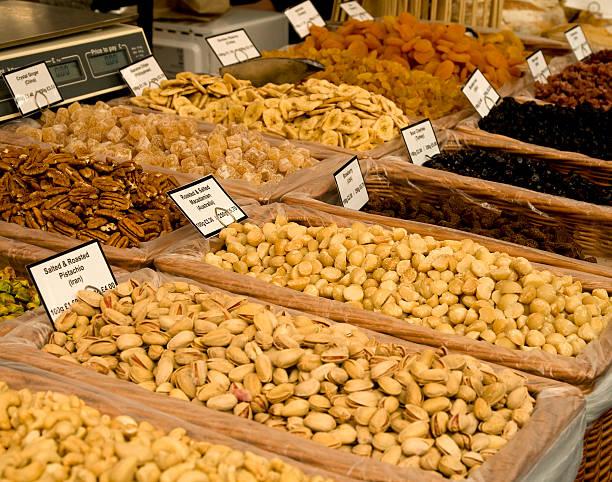When navigating the marketplace in Pakistan, one cannot overlook the importance of understanding the prices of various products and services in Pakistan. This understanding is crucial for making informed purchasing decisions, especially in a country where economic conditions change rapidly. Various factors, including supply and demand dynamics, government policies, and global economic trends, influence the landscape of prices. This article will explore the different sectors that affect prices in Pakistan, helping consumers to grasp the complexities of the market better.
The Economic Context and Its Impact on Price in Pakistan
The economic environment Price in Pakistan plays a fundamental role in shaping prices. In recent years, fluctuations in inflation rates and currency value have directly impacted the cost of living. High inflation rates have increased prices for necessities, putting pressure on consumers. Understanding the broader economic context can help individuals navigate these challenges and make smarter financial choices.
An Overview of Prices in Key Sectors
To fully comprehend the price in Pakistan, it is essential to examine specific sectors where consumers are most affected.

Food Prices in Pakistan
Food prices are perhaps the most significant concern for the average consumer. The cost of staple items like flour, rice, and sugar has surged in recent years, largely due to inflation and changes in agricultural production. Factors such as seasonal fluctuations, climate conditions, and import policies also contribute to consumers' prices at grocery stores. Awareness of these dynamics can help consumers plan their purchases and manage their budgets more effectively.
Electronics and Technology Prices in Pakistan
Understanding the price in Pakistan is crucial in the electronics sector. With the rapid advancement of technology, prices for gadgets such as smartphones, laptops, and home appliances are constantly changing. Import duties and local taxes can add significant costs to these items. Therefore, consumers must remain vigilant and research current prices to avoid overpaying for the latest technology.
Real Estate Prices in Pakistan
The real estate market has shown considerable volatility, making it an important sector for potential buyers and investors to monitor. Prices for residential properties vary significantly between urban and rural areas. Factors like location, amenities, and market demand influence property prices. For anyone considering a property purchase, thorough research and understanding market trends are essential for making sound investments.
Factors Influencing Price in Pakistan
Several interconnected factors contribute to the variability in prices across different sectors in Pakistan.
Government Policies
Government regulations and policies can profoundly affect pricing. Taxation, subsidies, and import/export policy changes can lead to price adjustments. For example, if the government increases tariffs on imported goods, local prices may rise to reflect these additional costs.
Global Market Influences
The global economy also plays a significant role in determining Pakistan's price. For instance, fluctuations in oil prices on the international market can affect transportation costs, influencing the prices of a wide range of goods. Additionally, changes in global trade agreements can have ripple effects on local pricing.
Seasonal and Agricultural Factors
Agricultural production is often subject to seasonal changes, which can significantly impact the prices of food items. During harvest seasons, the increased supply may lead to lower prices, whereas off-seasons can result in price spikes due to scarcity. Being aware of these patterns can help consumers time their purchases more wisely.
Strategies for Navigating Prices in Pakistan
Consumers can employ several strategies to manage expenses in the face of fluctuating prices effectively.

Stay Updated on Market Trends
Regularly checking online resources and local news can provide valuable insights into current price trends. Many websites and social media platforms offer real-time updates on product prices, allowing consumers to compare options and find the best deals.
Consider Local Markets
Shopping at local markets can often yield better prices than large retail chains. Local vendors frequently have lower overhead costs, enabling them to offer competitive pricing. Additionally, purchasing directly from producers can sometimes lead to better quality and freshness.
Timing Your Purchases
Timing is critical when making purchases in Pakistan. Buying seasonal produce or waiting for sales during festivals can lead to significant savings. Consumers should also monitor sales events and holiday promotions to make the most of their budgets.
Conclusion
Navigating the price in Pakistan requires a nuanced understanding of various sectors and the factors influencing prices. By analyzing food, technology, and real estate prices, consumers can make informed choices that align with their financial goals. Staying informed about market trends, government policies, and seasonal variations can further empower individuals to navigate the complexities of the marketplace.
FAQs
Q: What causes fluctuations in food prices in Pakistan?
Fluctuations in food prices in Pakistan can be attributed to a combination of factors, including inflation, seasonal changes in agricultural production, import tariffs, and government policies. These elements interact to create a dynamic pricing environment.
Q: How can I find the best deals on electronics in Pakistan?
To find the best deals on electronics, consumers should compare prices across various online platforms, visit local retailers, and stay informed about sales events. Reviewing reviews and checking for warranty options can also help make a good purchase decision.



